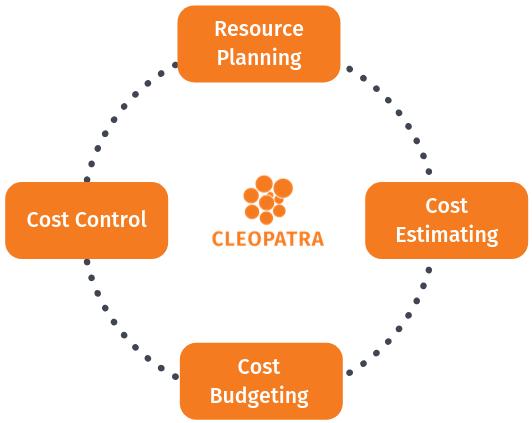1.5 Explain how to overcome challenges and risks which may arise during the consultancy cycle
Many consultants will experience severe delivery challenges and require effective ways to transitioned through it. As former UK prime minister Winston Churchill famously said: “If you are going through hell, keep going.” Consultants often develop their skills by working on a series of smaller or medium-sized projects for a couple of years, then proceed to become involved in bigger projects often as the lead-contractor. Such larger challenges can be exciting and (if they go well) tremendous for the consultant’s CV. But, with larger-scale consultancy projects, arrives larger-scale risk. Particularly when hiring in the right experts becomes an expensive up-front cost. In this section we look at the major challenges and risks of stepping up and managing larger consultancy projects, and how to overcome these challenges.
1. Larger projects need more control For the most part, bigger projects are more complex, uncertain and risky, either because the impact of the project is greater, the scale of the team required is larger and also because there are more users and stakeholders (PMI: 2017). In order to manage this added complexity, there is a need for the project manager to utilise a mature project management method so that they can exercise a greater level of control. Project Management (PM) is a set of methods and approaches that allows us to control a risky and uncertain initiative, and we will cover the popular methods later in this module. As a general rule-of-thumb, the more complex and uncertain the project, the more control and structure we need Kerzner: 2013).










